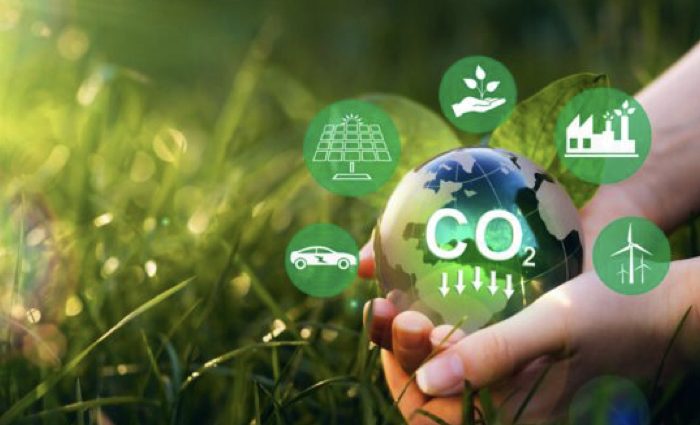- 46 trillion cubic feet of potential carbon storage capacity identified
- Tax incentives were announced in Budget 2023 to spur activity

Malaysia has pledged to cut carbon intensity against GDP by 45% by 2030 compared to 2005 levels, in line with its commitment to achieving carbon neutrality by 2050. As previously reported by Sustainability Matters here, our energy sector remains the largest contributor to emissions, accounting for 78% of total emissions. The close coupling between the fossil fuel industries and the economy also means that the industries that emit the most are also the ones that contribute significantly to economic growth and jobs.
Our energy sector and energy-intensive industries contribute 28% of our GDP and account for 25% of our workforce. It is also worth reminding ourselves amid all the talk of decarbonisation, that 91% of our energy production still comes from fossil fuels. This is where the ‘green transition’ plays a role in realising new economic opportunities and job upskilling as countries invest to transition from fossil fuels.
Malaysia’s National Energy Policy (NEP) 2022-2040 identifies the energy sector as a key driver of growth for its socio-economic development but with a focus on low-carbon development, resource efficiency, and environmental and natural resource sustainability. To achieve this, the NEP has identified integrated carbon capture, utilisation and storage (CCUS) as critical enabling technologies. These technologies are expected to drive sustainability in industrial operations and complement the renewable energy (RE) sector’s value chain.
CCUS capture CO2 emissions from industrial sources, preventing them from being released into the air. The captured CO2 can then be reused or stored in large-scale injection and long-term storage facilities. The International Energy Agency (IEA) estimates that there are around 300 projects in various stages of development globally across the CCUS value chain, and funding from venture capital for C02 use has reached USD 1 billion over the past decade.
Is there an opportunity for Malaysia to capture some of the benefits of CCUS?
Petronas has announced its plans to develop a facility at the Kasawari gas field in Bintulu, Sarawak, and is touting it to be the largest offshore carbon capture and storage facility in the world, with the ability to capture 3.3 million tonnes per annum of C02. Separately, Petronas has also signed an MOU with Mitsui & Co covering feasibility studies on CCS as well as evaluating C02 storage sites in Malaysia. Petronas is also looking at offering excess storage capacity to third parties, building on its hopes of turning Malaysia into a CCS hub in the region. According to a report, Petronas is looking to utilise up to 60% of its C02 storage facilities for itself and its partners and open up the remaining 40% to other users, with 46 trillion cubic feet of potential carbon storage capacity identified.
Elsewhere, Yinson Holdings is looking to develop a Zero Emissions FPSO concept, which includes carbon capture and storage. The number of local players in the CCSU segment remains few still, even though new tax incentives were introduced in Budget 2023. These include:
- Investment Tax Allowance (ITA) of 100% of qualifying capital expenditure for a period of 10 years. The allowance can be set-off against up to 100% of business statutory income;
- Full import duty and sales tax exemption on equipment used for CCS technology commencing on 1 January 2023 until 31 December 2027; and
- Tax deduction for allowable pre-commencement expenses within 5 years from the date of commencement of operation.
What is not immediately clear is if these incentives apply specifically only to C02 or all forms of greenhouse gas capture. The palm oil sector for example can benefit from the capture of methane to be turned into biogas for power generation, as has been demonstrated by Tenaga Nasional.

